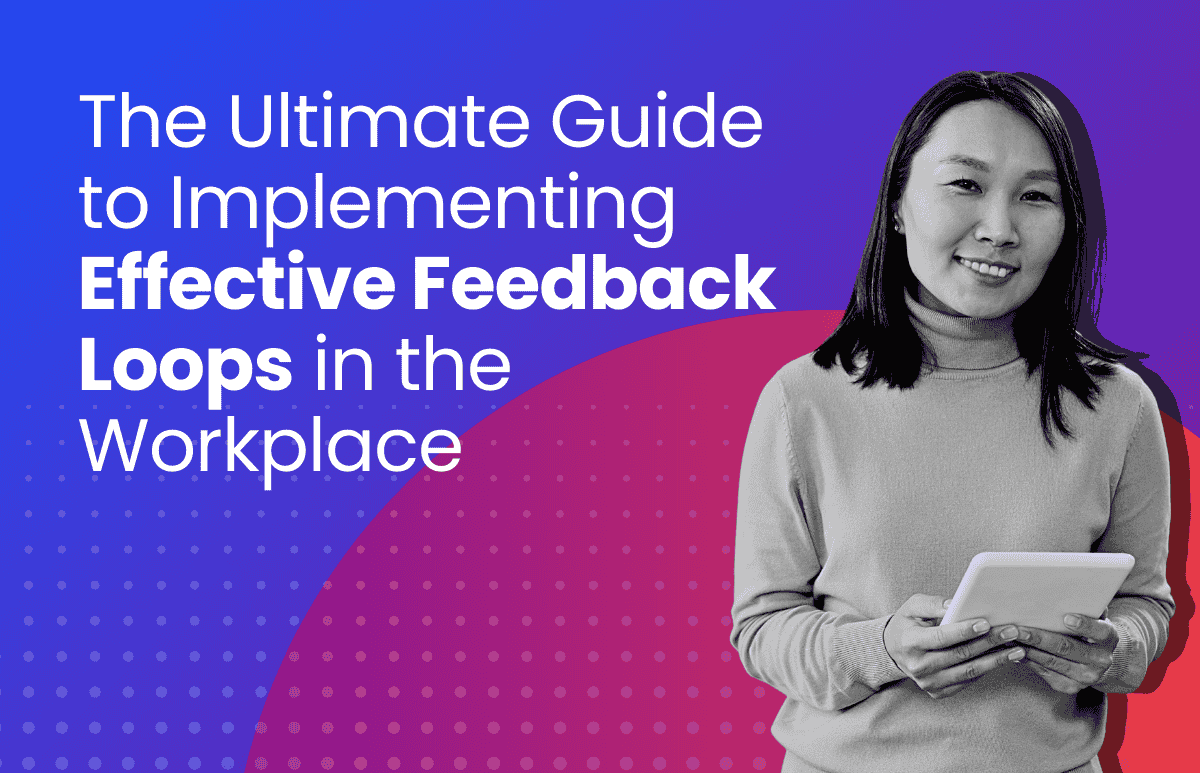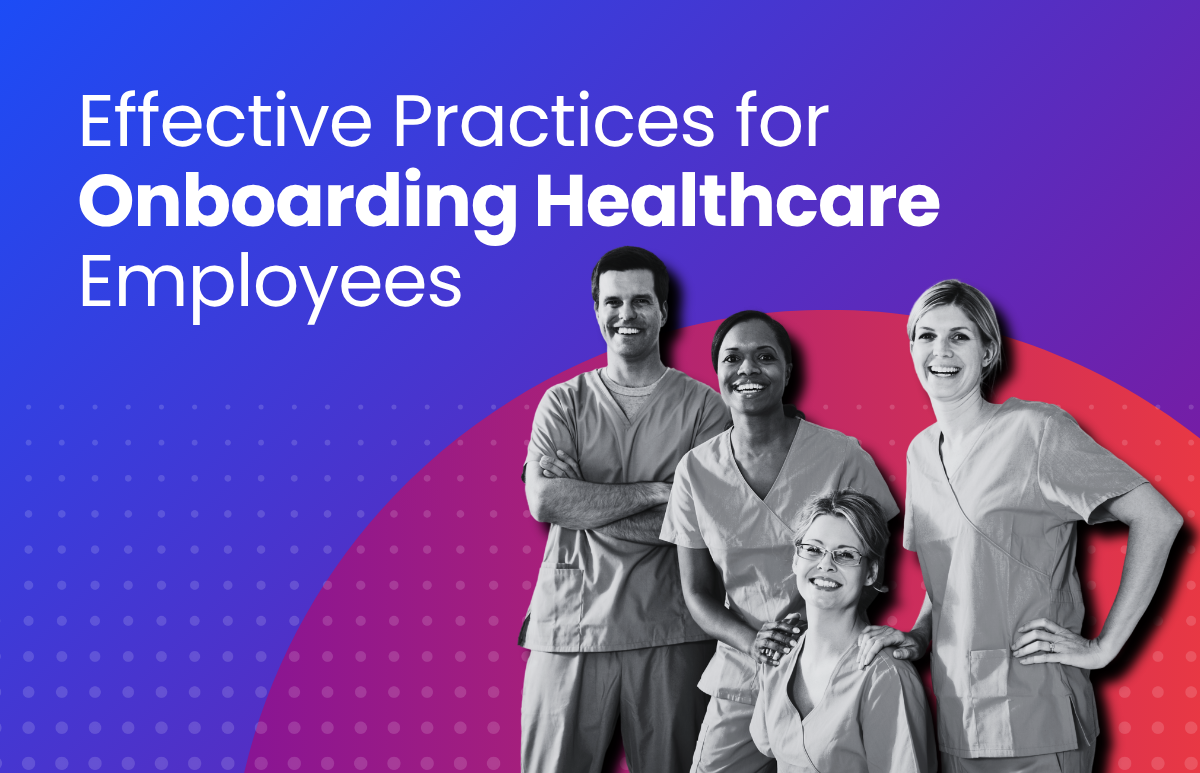How to Develop Effective OKRs (Objectives and Key Results)

Forget KPIs – they’re so last decade. Objectives and key results (OKRs), on the other hand – favoured by the likes of Deloitte, Asana, Netflix and Salesforce – are rapidly gaining popularity as a performance metric enabling employees to track goals and outcomes against overall corporate objectives.
What are OKRs?
OKRs form part of agile performance management; they are a simple black-and-white approach using specific metrics to track the achievement of a goal. Distinctly different from the traditional key performance indicator (KPI), which evaluates the success of an organisation or a particular activity, the OKR framework is two-fold: it sets an objective, which is the “what I want to have accomplished”, and the key results, which are “how I’m going to demonstrate I’m getting it done.”
How to write Effective OKRs
Here’s an example. A global organisation might want to grow sales globally by 10%. For the Head of Sales in the company’s A/NZ region, this might translate to the following OKRs:
Objective (what needs to be achieved): Increase sales in the ANZ region
Key results (how the sales team will demonstrate this objective is being achieved):
- Increase new leads pipeline by 4%
- Increase reseller activity by 5%
- Increase cross-sell wins by 2%
The Objective tends to be a broad, overarching mission statement; whereas the Key Results are quantitative and demonstrate in numbers how you are going to reach that objective. Ideally there are around three Key Results. A key way to ensure your Key Results are correct is to see if you can put the words “as measured by…” in front of them; key results should always be measurable outcomes.
Below is a microcosm of what an agile OKR goal-setting framework might look like. In larger organisations, there would be many more contributing factors involved in revenue generation, but the below diagram helps to explain how each person’s goals align with those of the wider organisation.
What are the benefits of effective OKRs?
1. Better alignment of employee goals with the organisation’s bottom line
By aligning employees’ goals with corporate ones, all staff have an enhanced vision of how their individual input contributes to the organisation’s bottom line. This transparency is known to have a positive impact on employee engagement, reinforcing to employees that they are part of a mission bigger than just themselves.
2. Increased flexibility
We set KPIs once a year and then forget about them. We set OKRs quarterly, and we can change the key results if we find better ways to measure success.
OKRs let teams decide how to achieve their goals. The OKR framework sets the ‘what’ (Objective) and empowers the team (for key results are often agreed by teams) to decide how they will get there – driving greater ownership of goals.
According to research[1], 79% of employees said the flexibility to change their goals helped them to set more relevant goals, and 59% of employees agreed flexible goal setting has contributed to their professional growth.
What’s more, in today’s rapidly evolving business landscape, priorities and objectives can change in an instant. COVID-19 clearly demonstrated this. The ability to quickly re-align goals with changing business requirements is critical in a volatile, uncertain, complex and ambiguous (VUCA) environment.
3. Effective OKRs encourage better teamwork and transparency
OKRs are output, rather than input, focused. We set individual goals that contribute to the team’s overall success. The Marketing Manager’s OKRs depend on the Marketing Executive’s OKRs. If the Marketing Executive hits their OKRs, the Marketing Manager is more likely to hit theirs.
We intend for OKRs to be transparent. Everyone’s OKRs are visible, so we can all align our goals. This makes the system feel fair. Seven out of ten employees said that seeing other people’s goals helped them align their own goals with the group’s goals.
Better visibility allows us to track OKRs regularly against the metrics we set when we wrote them. Are employees on track to meet their objectives? If not, why not? Asking these questions regularly allows for course correction and staff can remain on track to meet their own objectives, and better advance those of the wider organisation.
Keen to know more about the role of effective OKRs and the creation of agile performance management processes? Download our eBook here.
ELMO Software offers people, process and pay solutions in an all-in-one cloud-based platform. This includes recruitment, learning, performance management, payroll, expenses, and more. ELMO has helped thousands of organisations across Australia, New Zealand and the United Kingdom better manage, engage and inspire their people. For further information, contact us.
[1] “Implementing agile performance management”, IBM, 2015
 HR Core
HR Core 










